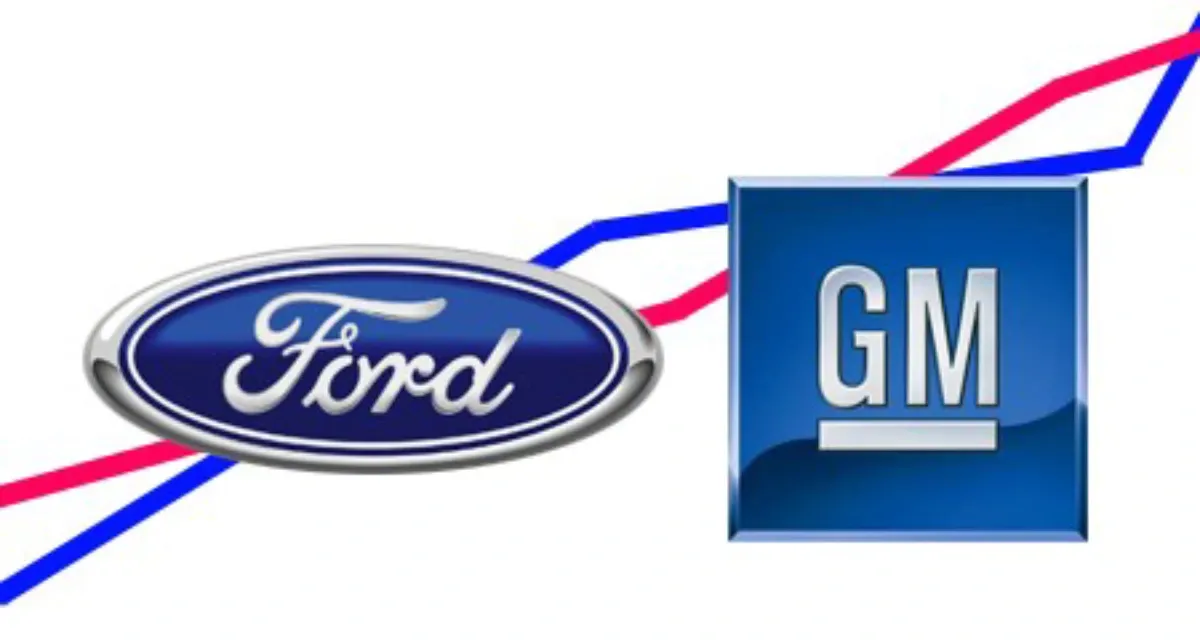

The divergent opinions of General Motors (GM) and Ford Motor Company regarding the function of hybrid vehicles underscore the strategic distinctions between these two automotive behemoths as they negotiate the shift to electric vehicles (EVs).
Jim Farley, the CEO of Ford, is a favor of maintaining a strong emphasis on hybrid technology. In his opinion, hybrid vehicles should be considered more than just a stopgap measure until widespread electrification is achieved. Among Farley's main arguments are:
Farley highlighted that a large number of Ford hybrid vehicles sold in the United States generate more profits than their non-hybrid equivalents. This financial success provides strong support for the ongoing creation and marketing of hybrid automobiles.
Extended-Range Hybrids: According to Farley, the future of the business depends on extended-range hybrids, which have a larger battery than plug-in hybrids. In addition to lowering emissions and improving fuel economy, these cars can also allay range anxiety that comes with fully electric vehicles.
Ford is adjusting its EV strategy in spite of the growing demand for hybrid vehicles. The business has postponed the start of EV production in North America and reduced some of its investments in EVs. This action points to a more near-term balanced approach to EV and hybrid technology.
On the other hand, hybrids are seen by GM CEO Mary Barra as a temporary rather than a long-term fix. GM's approach places a strong emphasis on electrifying the whole portfolio of its cars. Crucial ideas from Barra consist of:
Future of EVs: Barra says that strict regulations and the need for zero emissions will drive the future of the automotive industry toward electric vehicles. While GM will keep working on plug-in hybrids to satisfy these regulations, pure electric vehicles will still be the company's main priority.
GM allocates capital strategically, prioritizing EVs and associated infrastructure over hybrid vehicles. The company's objective of an all-electric future is in line with this strategy.
Long-Term Objectives: Barra emphasizes that because hybrids cannot attain zero emissions, they do not represent the "end game". GM wants to be the market leader in zero-emission automobiles in the long run.
The automobile industry's broader developments and competitive pressures are reflected in Ford and GM's divergent strategies:
Demand for Crossover Vehicles: A number of automakers have revised their schedules for electrification in response to the sharp increase in demand for hybrid vehicles in the last 12 months. Hybrids offer consumers switching from conventional gas-powered automobiles to electric vehicles (EVs) a workable bridge.
Software for Autonomous Driving: Ford and GM have substantial development potential in software-driven services and autonomous driving technology. With Chinese automakers presently leading the way in digital customer experiences, these sectors are anticipated to be major profit generators.
Global Competition: Chinese automakers, who are leading the way in cost effectiveness and digital integration, pose a challenge to both Farley and Barra's market share. The capacity of Western automakers to compete on these fronts will determine their future success.
The ways in which Ford and GM handle hybrid and electric cars differently highlight how difficult and unpredictable it will be to make the switch to entirely electric cars in the future. GM's dedication to a lineup that is exclusively electric is in contrast to Ford's focus on hybrids as a lucrative and long-term option. These strategic distinctions will influence the competitive landscape and innovation routes within the automobile sector as the market develops.
Also Read: